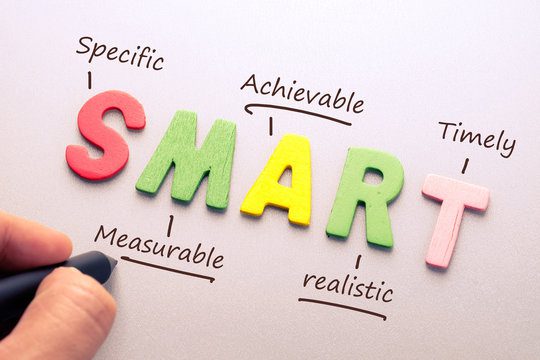Why are we so uncomfortable with silence?
I am passionate about live music & visiting iconic venues (Red Rocks Amphitheatre, Gorge Amphitheatre, The Greek Theatre, Hollywood Bowl, Madison Square Garden, The Sphere). I recently attended Queens of the Stone Age’s Catacombs Tour at The Met Philadelphia. This limited-run series of intimate performances was inspired by the band’s 2024 Alive in the Catacombs concert film. It features new song arrangements with string ensembles made up of local musicians in small, historic theaters. The performances are a noticeable break from the band’s usual high-energy, large-scale rock shows in arenas/outdoor festivals. In an interview this week, Josh Homme, the band’s lead singer, admitted it is nice to hear the roar of a larger crowd, but he prefers this stripped-down atmosphere. He said, “I am more terrified than I’ve been in 25 years of playing. Silence is the loudest quiet can ever get & there’s a lot of silent moments in the show.”
This made me contemplate why we are so uncomfortable with silence. These days we experience almost constant exposure to noise, which has reduced our ability to sit in comfortable silence. The continual flow of information, news headlines, social media & entertainment from devices has made silence feel unnatural & a little threatening. I think we have been conditioned to also view silence as negative with underlying meanings. For example, someone’s silence may signal they are angry with or hiding something from us. Silence prevents us from reading the motivations/intentions of others, which can result in feelings of uncertainty due to a lack of control over the situation. When we experience silence in conversation, we tend to feel inadequate, since we are no longer adding value to the discussion. This can trigger self-criticism, making us feel that we are being judged negatively by others.
When I consider the DiSC® model, the two more introverted styles are most comfortable sitting in moments of silence (Steadiness – S & Conscientiousness – C). Individuals who fall into the S-style are more people-oriented. They utilize silent moments to listen & reflect. They are motivated by providing support to others & prefer a harmonious, low-conflict environment. They avoid being rushed into decisions & use silence to process information. Individuals who fall into the C-style are more task-oriented. They utilize silent moments for analytical thought. They are motivated by accuracy & utilizing their expertise to solve problems. Silence allows them to think through the details of a problem to ensure they “get it right” & achieve a quality outcome.












